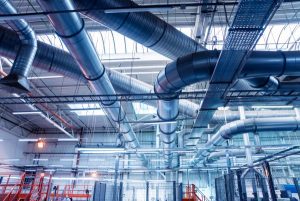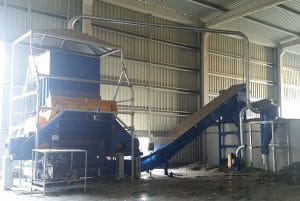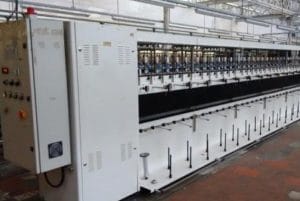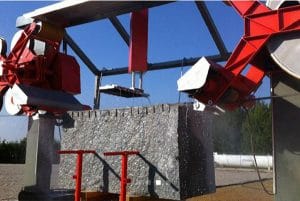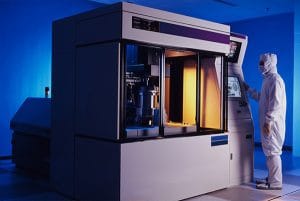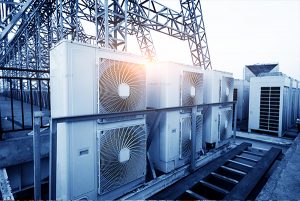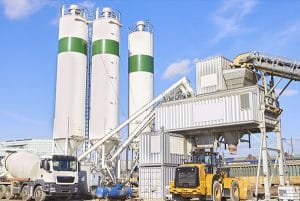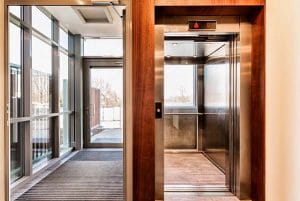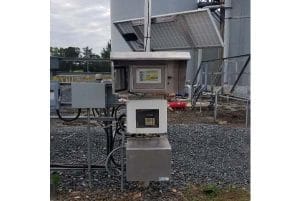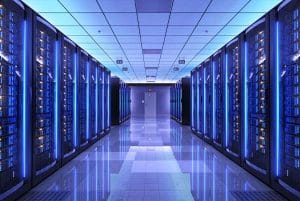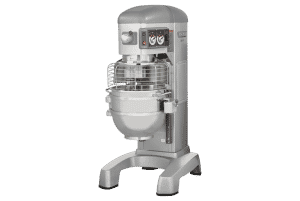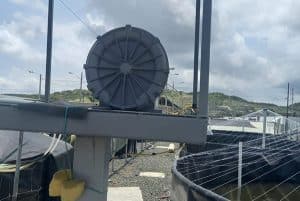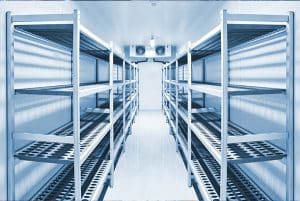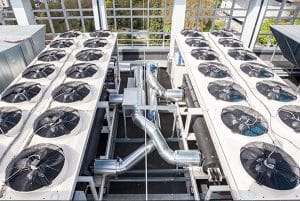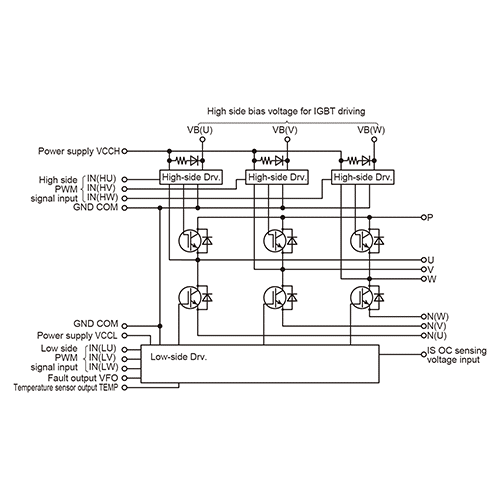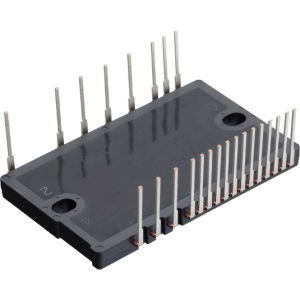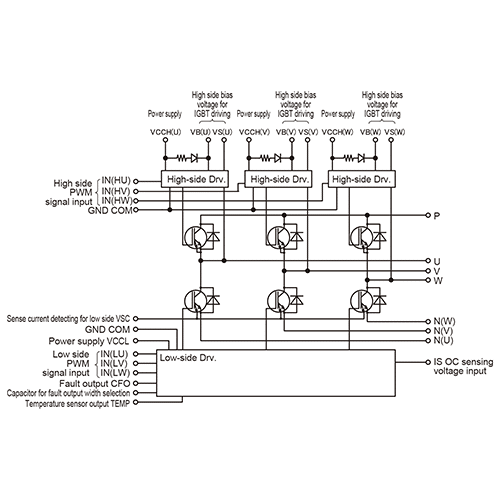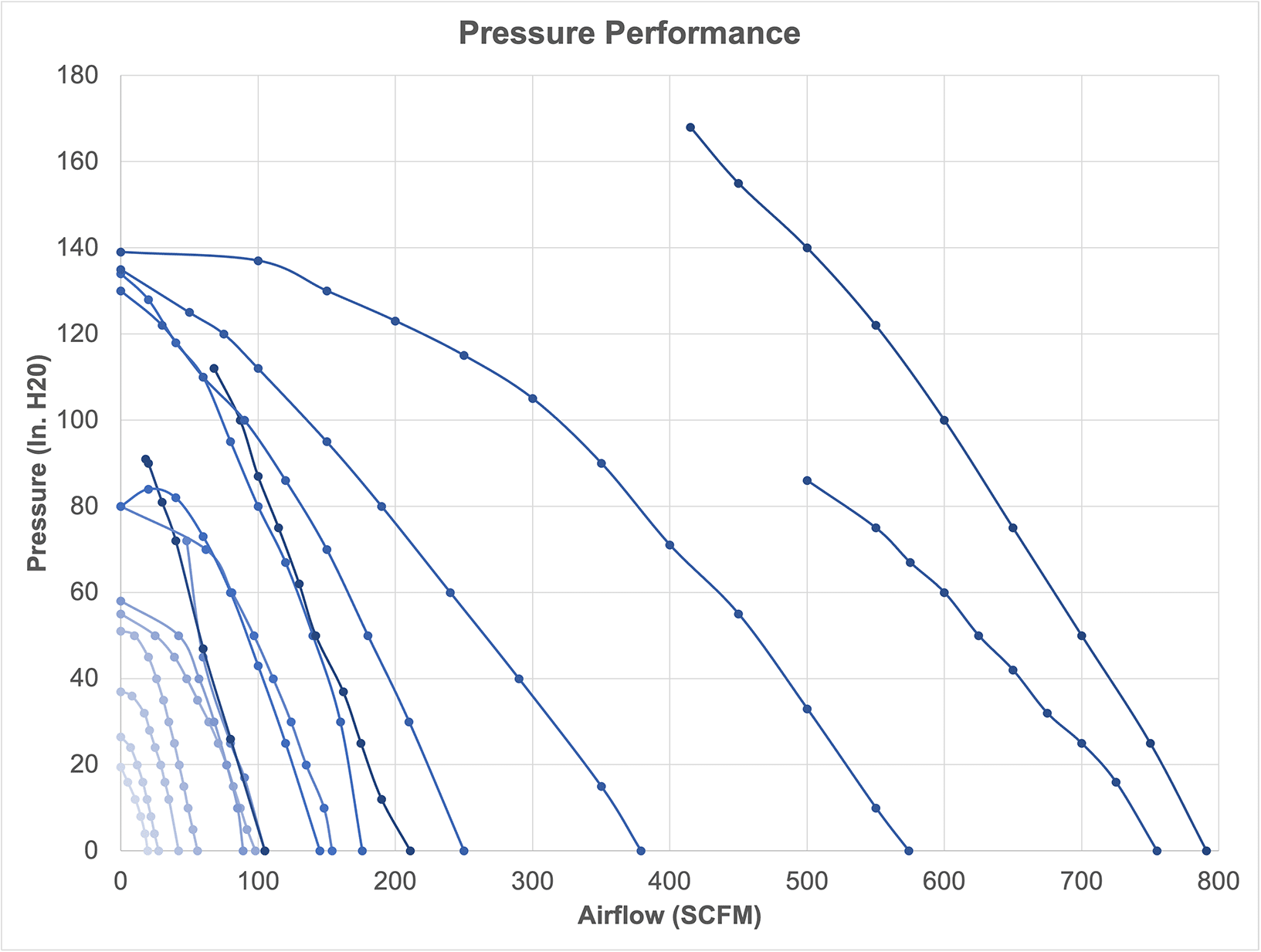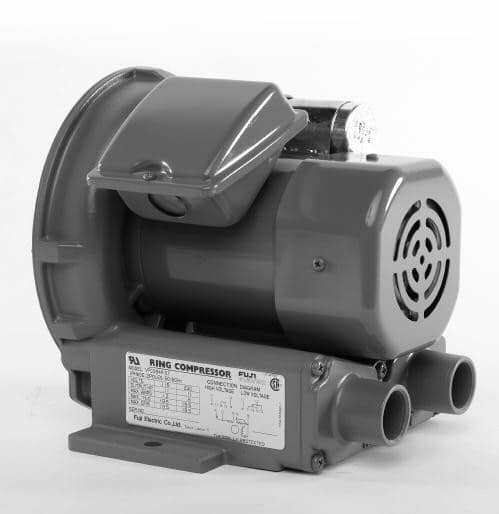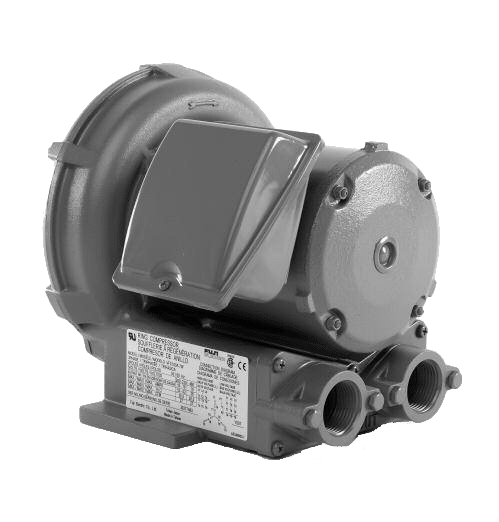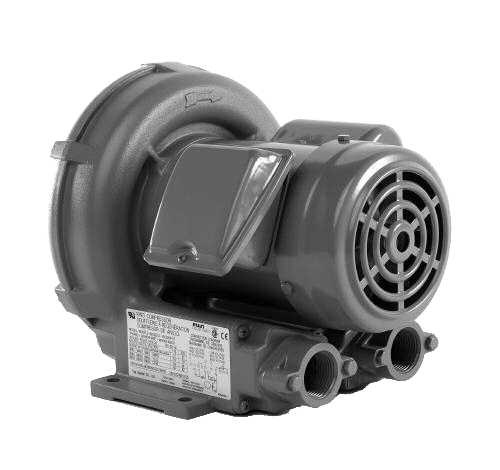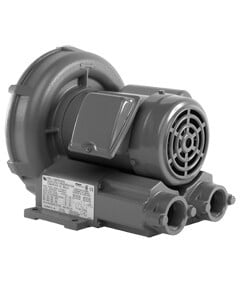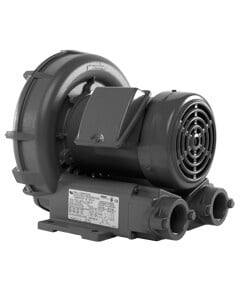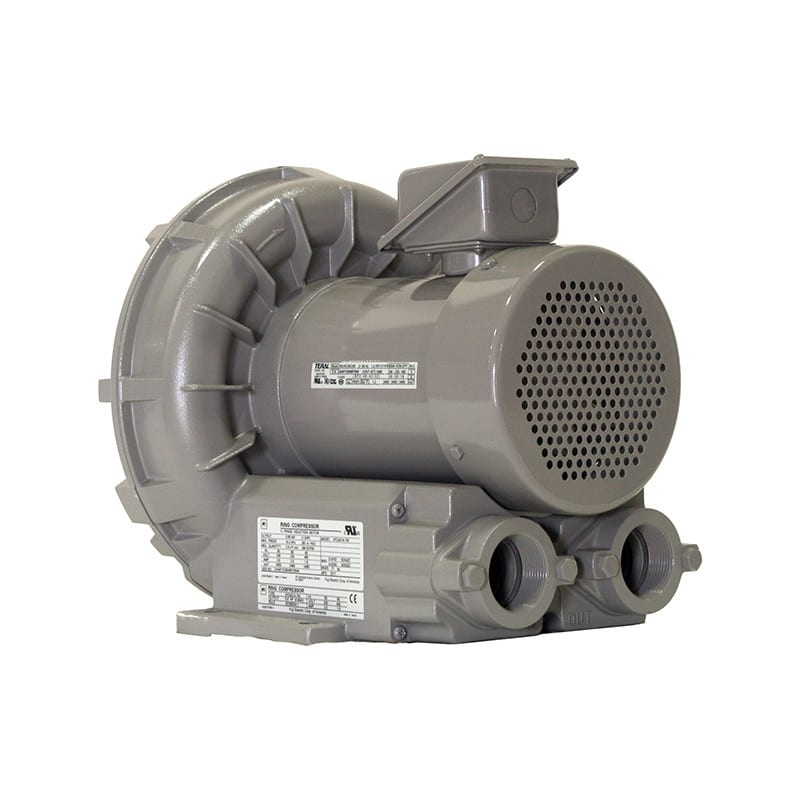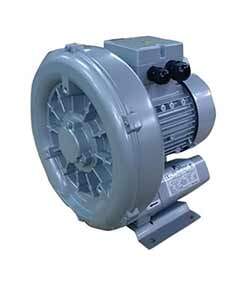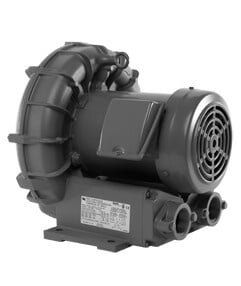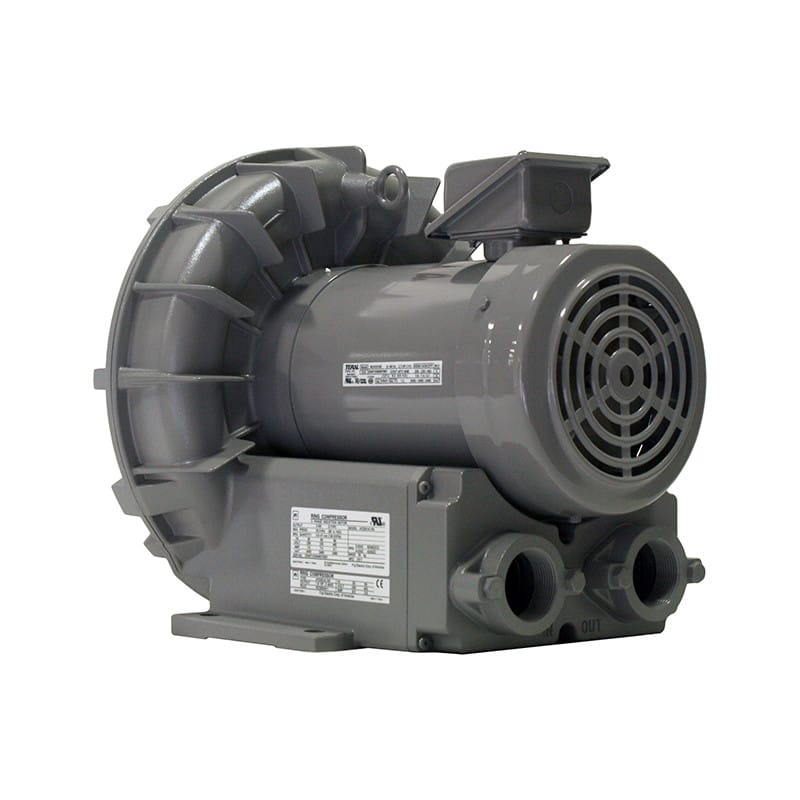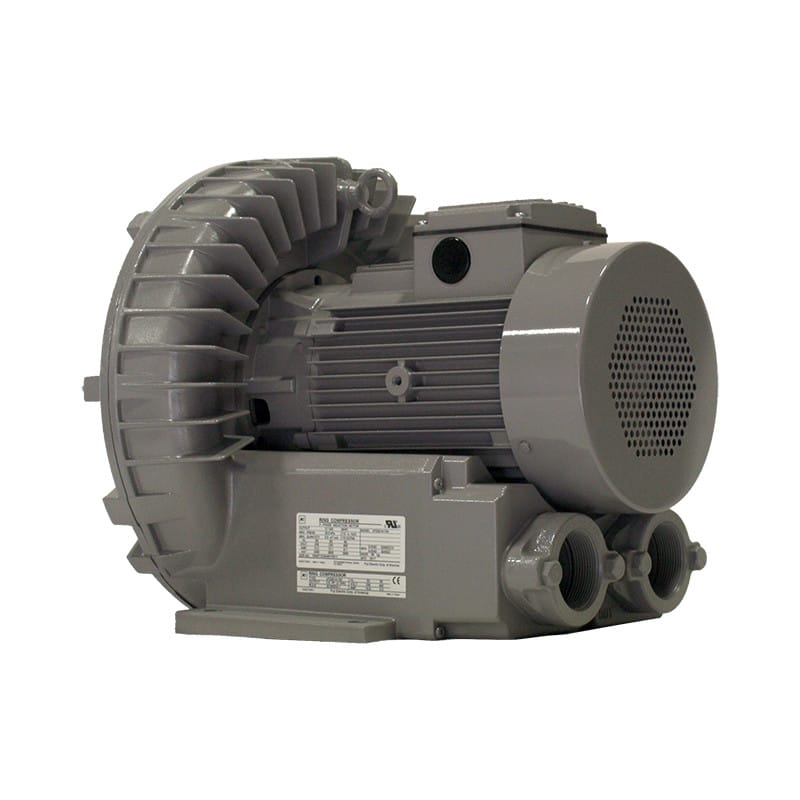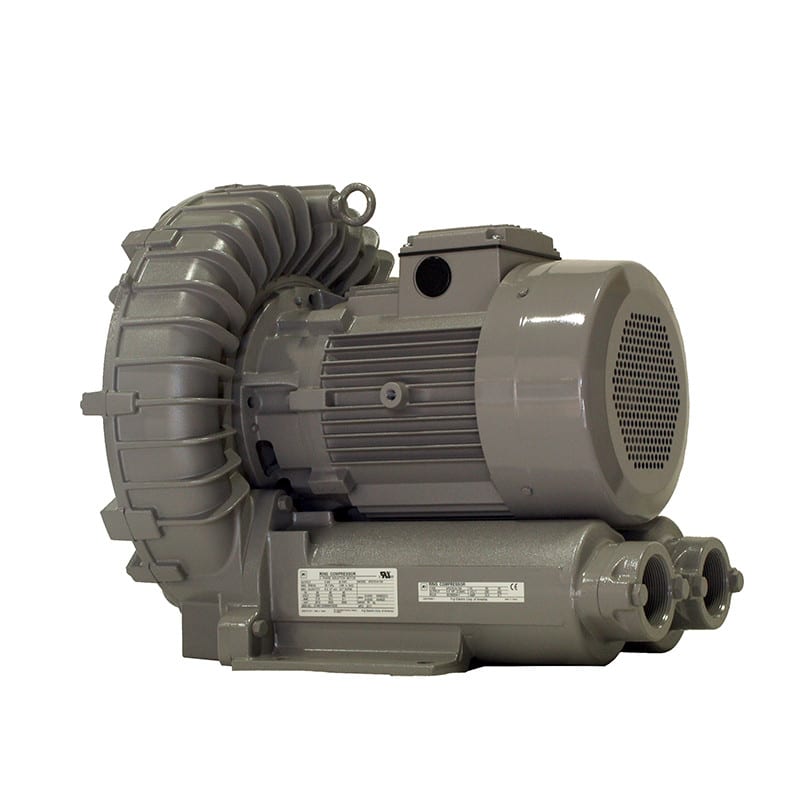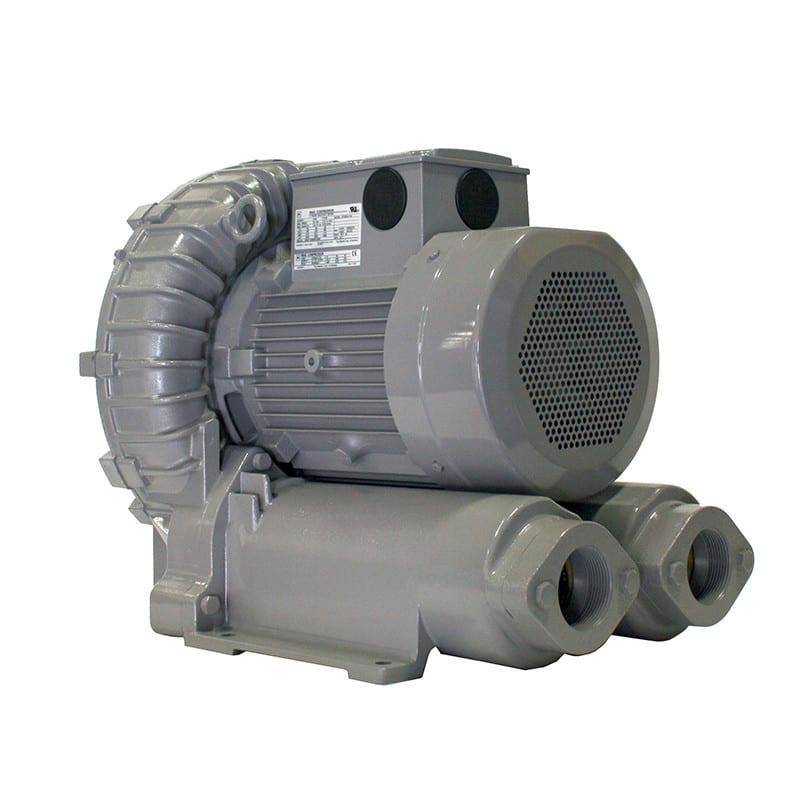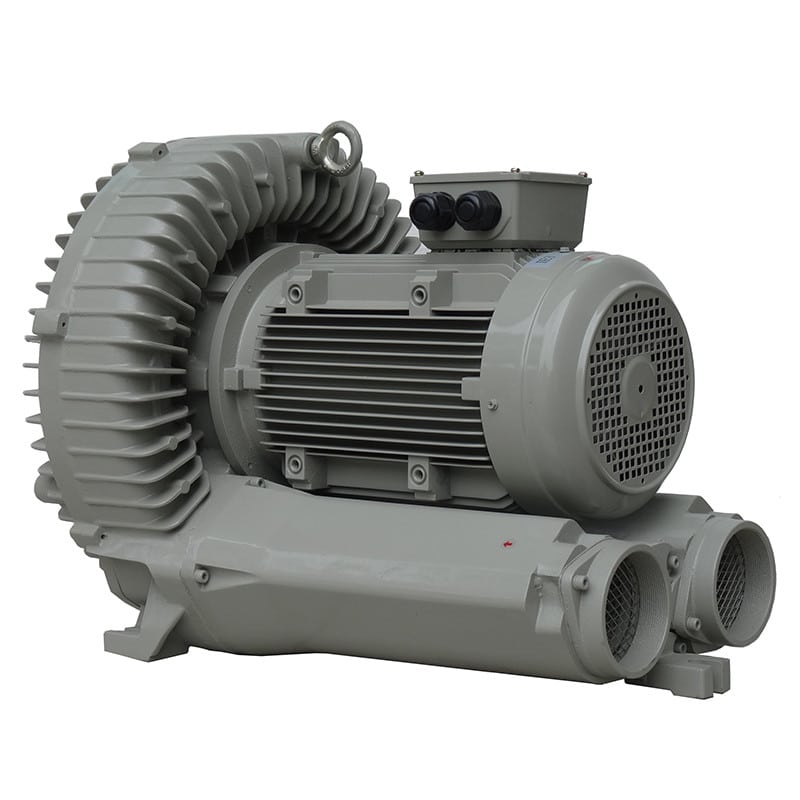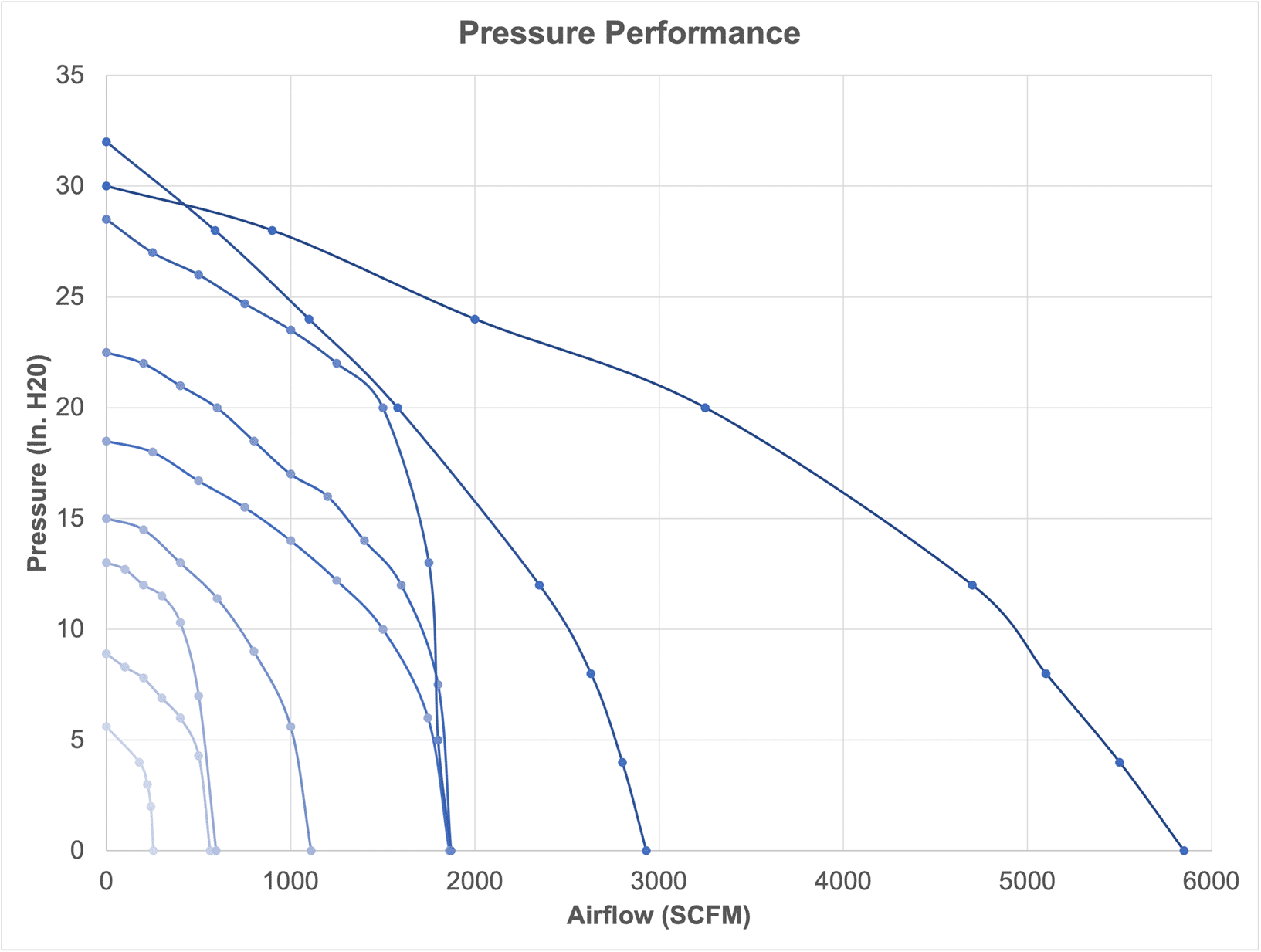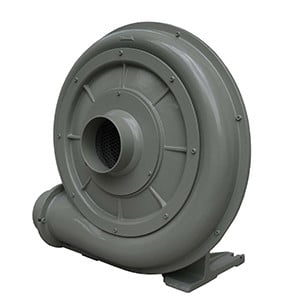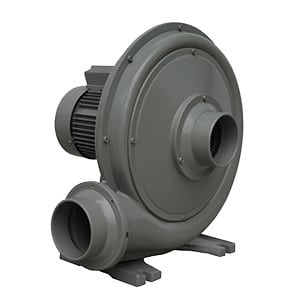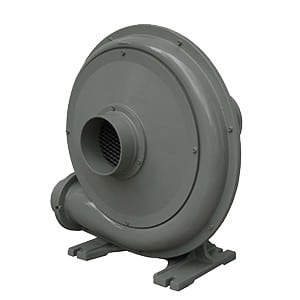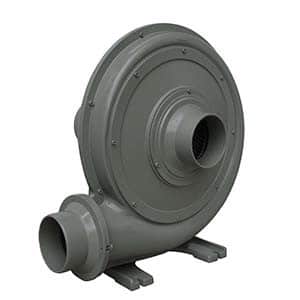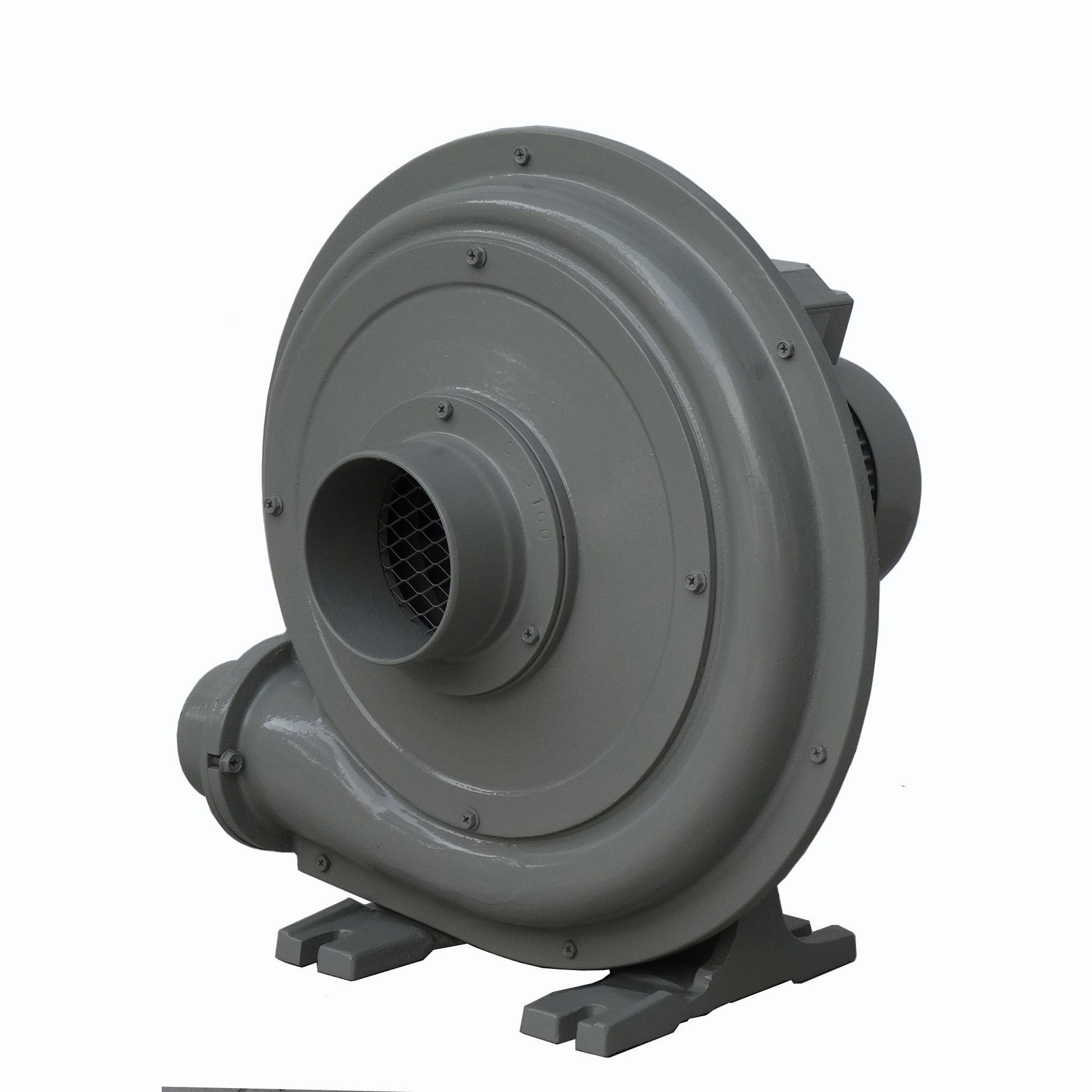In a tiered data center architecture, where uptime and availability are dictated by defined Tier levels (Tier I–IV, per Uptime Institute standards), the Uninterruptible Power Supply (UPS) plays a critical role in ensuring continuous power delivery and safeguarding sensitive IT equipment.
What is Tiered Architecture?
Data centers are classified into Tiers I to IV based on their infrastructure redundancy, fault tolerance, and expected uptime:
|
Tier |
Availability |
Description |
|
Tier I |
99.671% |
Basic infrastructure – no redundancy |
|
Tier II |
99.741% |
Redundant power and cooling paths |
|
Tier III |
99.982% |
Concurrent maintainability – systems can be serviced without downtime |
|
Tier IV |
99.995% |
Fault-tolerant – full redundancy and isolation |
Role of a UPS Across the Tiers
- Power Continuity and Zero Downtime
- A UPS provides instantaneous backup power during utility outages, bridging the gap before a generator starts.
- Critical in all Tiers, but mandatory in Tier III and Tier IV, where uptime is essential.
- Power Conditioning
- UPS systems filter and regulate incoming power, protecting servers and networking gear from:
- Voltage sags and spikes
- Frequency variations
- Electrical noise or harmonics
This ensures clean, stable power 24/7—crucial in high-tier architectures where performance and data integrity are non-negotiable.
- Support for Redundancy Models
- Higher-tier data centers often implement N+1, 2N, or 2(N+1) UPS redundancy:
- N+1: One additional UPS to back up a single failure
- 2N: Two completely independent UPS systems for mirrored reliability
- 2(N+1): Fully redundant plus backup for each system
This design enables fault tolerance and concurrent maintenance without impacting uptime.
- Scalability and Modular Design
- In Tier III and IV facilities, modular UPS systems allow incremental scaling of capacity as IT load grows—without downtime.
- Rack-mounted and row-based UPS units can be deployed to match power needs more precisely.
- Battery Management and Energy Efficiency
- Modern UPS systems use lithium-ion or VRLA batteries with intelligent battery management systems (BMS) to optimize life and performance.
- High-efficiency UPS modes (like eco-mode) help Tier III/IV data centers meet sustainability targets without sacrificing reliability.
Example Use Case by Tier
|
Tier |
UPS Function |
|
Tier I/II |
Basic power continuity and conditioning; likely a single UPS system with limited redundancy |
|
Tier III |
Redundant UPS units (N+1 or 2N); supports concurrent maintenance |
|
Tier IV |
Fully fault-tolerant UPS infrastructure (2(N+1)); supports any single failure with no service interruption |
Summary
In a tiered data center architecture, the UPS is foundational to:
- Maintain power continuity
- Protect against electrical anomalies
- Enable redundancy and fault tolerance
- Allow safe transitions to generator power
- Support uptime and SLA commitments
The higher the Tier, the more advanced, redundant, and scalable the UPS design must be.



